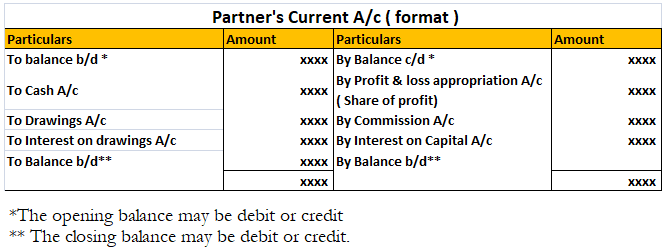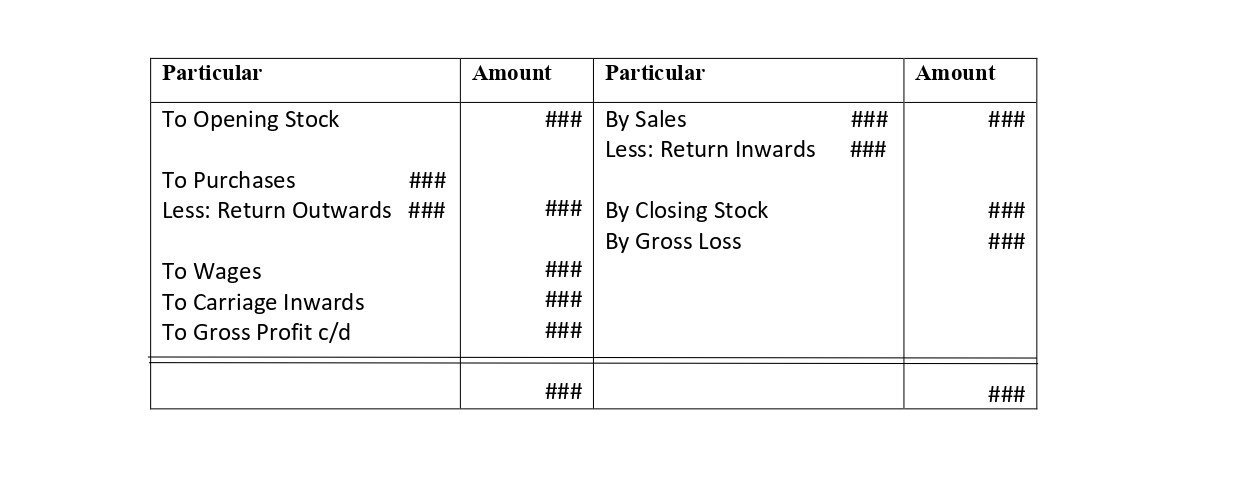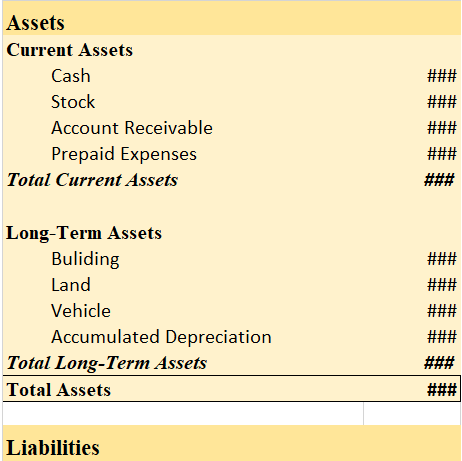Outstanding expenses are those expenses that have been incurred during the accounting period but are yet to be paid. Basically, any expense which has become due for payment but is not paid will be called an outstanding expense. Outstanding expenses are treated as a liability as the business is yet tRead more
Outstanding expenses are those expenses that have been incurred during the accounting period but are yet to be paid. Basically, any expense which has become due for payment but is not paid will be called an outstanding expense.
Outstanding expenses are treated as a liability as the business is yet to make payment against them. Examples of outstanding expenses include outstanding rent, salary, wages, etc.
At the end of the accounting year, outstanding expenses have to be accounted for in the book of accounts so that the financial statements reflect the accurate profit/loss of the business.
Journal entry for recording outstanding expenses:
| Expense A/c | Debit |
| To Outstanding Expenses A/c | Credit |
| (Being expenses outstanding at the end of the year) |
The concerned expense A/c is debited as there is an increase in expenses. Outstanding expenses are a liability, hence they are credited.
Let me give you a simple example,
Max, a sole proprietor pays 1,00,000 as salary for his employees at the end of every month. Due to the Covid-19 lockdown, he could not pay his employees’ salaries for March month. So the salary for March (1,00,000) will be treated as an outstanding expense. The following entry is made to record outstanding salaries for the year.
| Salary A/c | 1,00,000 |
| To Outstanding Salaries A/c | 1,00,000 |
| (Being salaries outstanding at the end of the year) |
At the end of the year, outstanding salary will be adjusted in the P&L A/c and it will be shown as a Current Liability in the Balance Sheet.
See less





Buildings S.No. Particulars Rate 1 Buildings which are used mainly for residential purposes except hotels and boarding houses. 5% 2 Buildings other than those used mainly for residential purposes and not covered by sub-items (1) above and (3) below. 10% 3 Buildings acquired on or after the 1st day oRead more
See less